Publications
Brochures
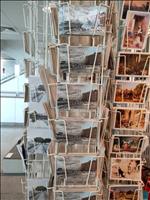 2020
2020
Alexandria Before and After Postcards
This collection of postcards presents images of the city in an artistic representation comparing hundred years old shots with same location today. Due to the great change that happened to the city as much as it happened in the world of photography, we see that some places have preserved something from the past, and some have completely developed.
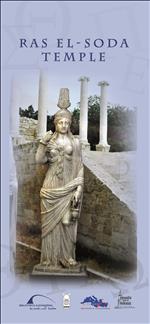 2016
2016
Ras El-Soda Temple
It is a small Ionic peristyle temple. It is built of limestone with marble columns. The temple is dated to the second century CE and was dedicated to Isis and other Egyptian deities.
To view this issue please click this link
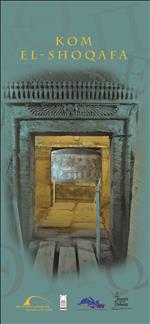 2016
2016
Kom El-Shoqafa
The Roman catacombs of Kom el-Shoqafa, or Mound of shards, were accidentally discovered in 1900, their Graeco-Roman style, often combined with Egyptian elements, is an example of the cultural fusion which occurred in the ancient city of Alexandria.
To view this issue please click this link
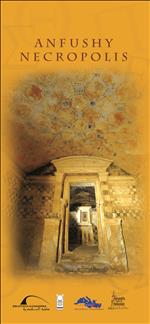 2016
2016
Anfushy Necropolis
The Anfushy tombs were discovered in 1901, these limestone rock tombs consist of a group of graves, only five of which are visible today and belong to the Oikos (house) type.
To view this issue please click this link
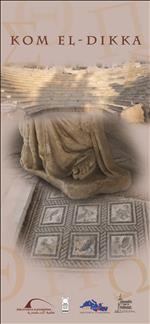 2016
2016
Kom El-Dikka
In the heart of modern Alexandria lie the remains of a once vibrant and sprawling complex known today as Kom el-Dikka. The ruins of Kom el-Dikka offer visitors a glimpse of an ancient Roman cityscape complete with theater, public baths, houses, and palatial villas.
To view this issue please click this link
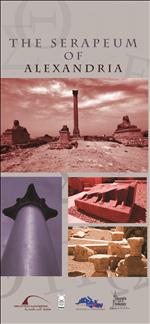 2016
2016
The Serapeum of Alexandria
The Serapeum was the sanctuary dedicated to Serapis, the head of the Alexandrian divine triad during the Fraeco-Roman period. In later periods, the Serapeum became known as Amoud el-Sawary and also as Pompey’s Pillar, due to a mistaken identification of Diocletian’s Column, which dominated the site.
To view this issue please click this link
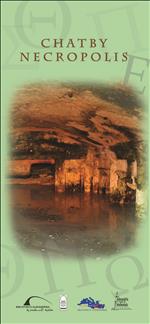 2016
2016
Chatby Necropolis
In the Ancient eastern quarter of Alexandria, overlooking the Mediterranean Sea, lies the Chatby Necropolis. The oldest necropolis in the city, it probably served as a resting place for the deceased since the fourth century BCE. These rock tombs are the oldest example of Alexandrian-style burials.
To view this issue please click this link
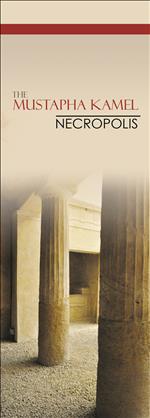 2016
2016
Mustapha Kamel Necropolis
The Mustapha Kamel Necropolis constitutes one of the most remarkable examples of Hellenistic funerary architecture in the Mediterranean. It was discovered and excavated in 1933 by Achile Adriani, Director of the Graeco-Roman Museum of Alexandria.
To view this issue please click this link